Cycling enthusiasts frequently experience knee pain, which has a range of causes.
The ache during a lengthy bike ride is usually intense. Most riders appreciate that feature of the sport. What if the discomfort persists, though? How can you know whether the pain is worsening? After riding, abrupt onset and persistent knee pain are usually warning indicators of an issue. As a result, it is advisable to pay particular attention to these symptoms because they could be an indication of a more serious problem. The good news is that there are remedies out there. You can find all the information you need concerning cycling-related knee discomfort in this article.
The following are some common causes of knee pain from cycling and potential remedies:
1. Bike fit issues:
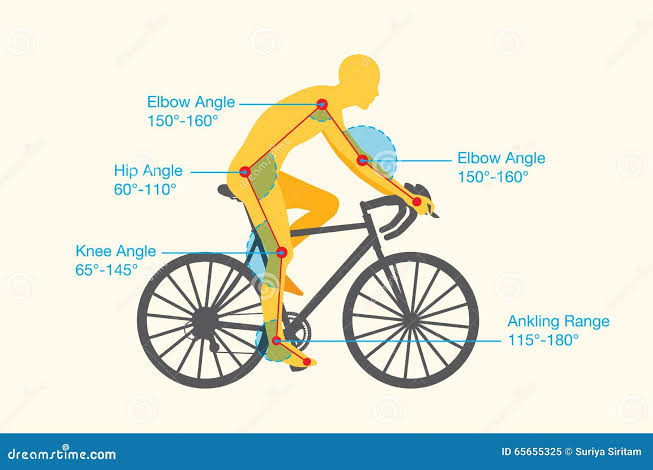
Knee pain has a number of different causes, but the biggest one that leaps out is poor bike fit. Your knees are put under a lot of strain when your bike is improperly fitted to your body measurements.
By ensuring the proper positioning of your feet, knees, and hips during a bike fitting, a professional can efficiently address this issue.
2. Overuse injuries:
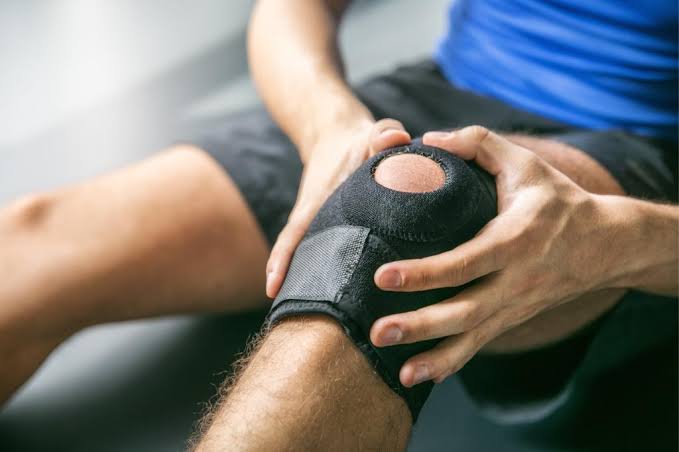
Knee pain can come from excessive use, especially if you quickly increase your distance or intensity of exercise. It’s critical to gradually increase your workout duration and effort, giving your body time to acclimate.
To avoid this, incorporating rest days and doing different forms of exercise can also be extremely effective in preventing overuse problems.
3. Incorrect pedaling technique:

Incorrect pedalling mechanics, such as pushing too hard in a high gear or pointing your toes outward excessively, can put stress on the knee joint. It’s crucial to focus on keeping your pedalling action smooth and circular to prevent this.
For the best possible care of your knee joints, distribute the force uniformly during the entire pedal stroke.
4. Muscle imbalances:
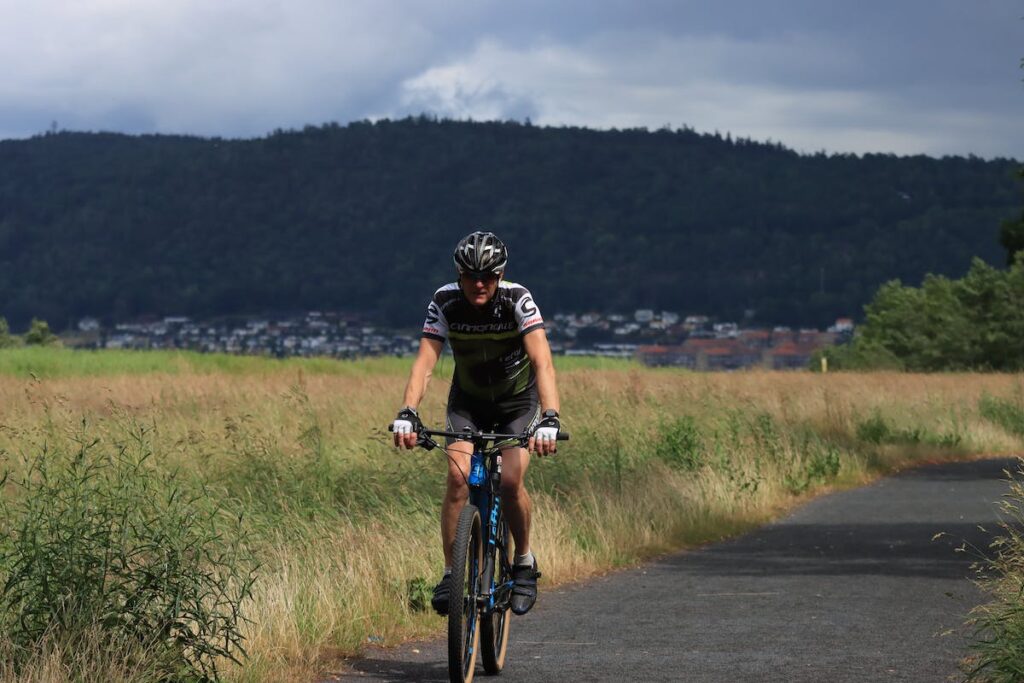
It’s possible that weak or unbalanced muscles are a contributing factor in knee soreness. Exercises that emphasise strengthening the quadriceps, hamstrings, glutes, and core help improve stability overall and relieve pressure on the knees.
Consult a physical therapist or a strength and conditioning expert for advice on a customised training programme.
5. Saddle height and position:
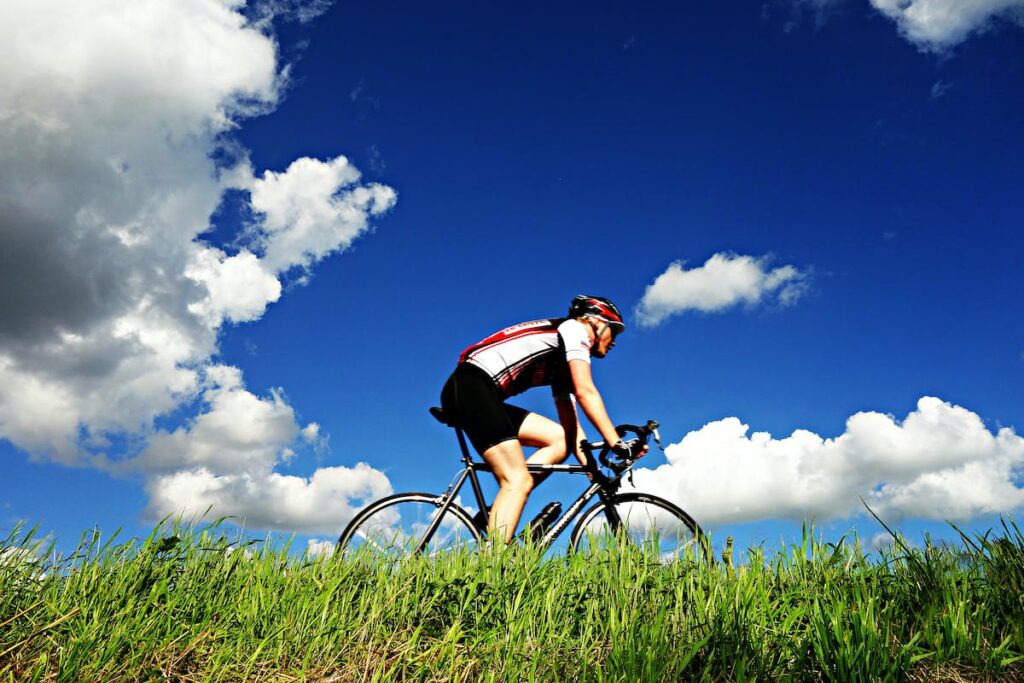
An improperly positioned saddle may be the source of your knee pain.
It’s essential to set the seat height such that you can slightly bend your knee at the bottom of your pedal stroke. In addition, check that the saddle is horizontally positioned to avoid putting too much pressure on the front or the rear of your knee. A more comfortable and knee-friendly cycling experience will result from this position.
6. Cleat alignment:

An improperly aligned pair of cleats may cause knee pain.
It’s essential to place your studs correctly on your bicycle shoes in order to avoid this. The risk of knee pain is reduced by this appropriate alignment, which guarantees that your feet are placed naturally and comfortably when pedalling.
7. Inadequate warm-up and stretching:
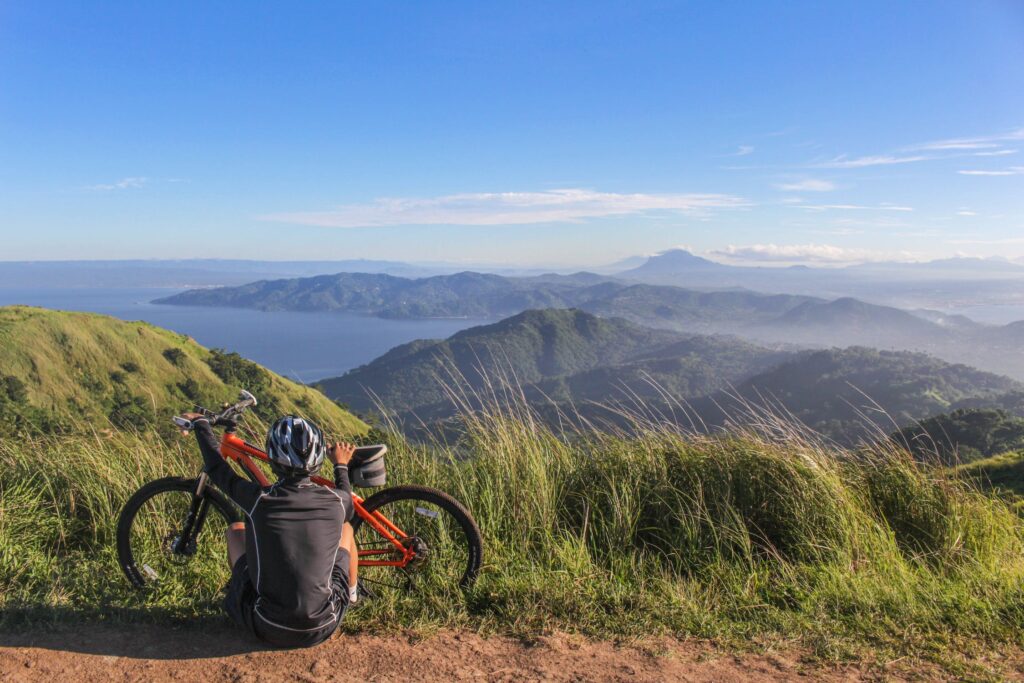
Knee pain can be successfully treated by using an appropriate warm-up programme before cycling and a post-ride stretching exercise. Before you start cycling, start by doing easy workouts and active stretches to warm up your muscles.
After your ride, concentrate on static stretches that target your quadriceps, hamstrings, and calves in particular. This thorough method of stretching and warming up can be crucial in reducing knee soreness.
8. Joint inflammation and overuse:

You can take steps to relieve any pain or irritation brought on by misuse.
It is beneficial to reduce swelling and relieve pain by repeatedly applying ice to the affected area for around 15-20 minutes. Non-steroidal anti-inflammatory medicines (NSAIDs) may also provide short-term relief, but it’s important to speak with a healthcare provider first to make sure they are appropriate for your needs.
9. Medical conditions and injuries:
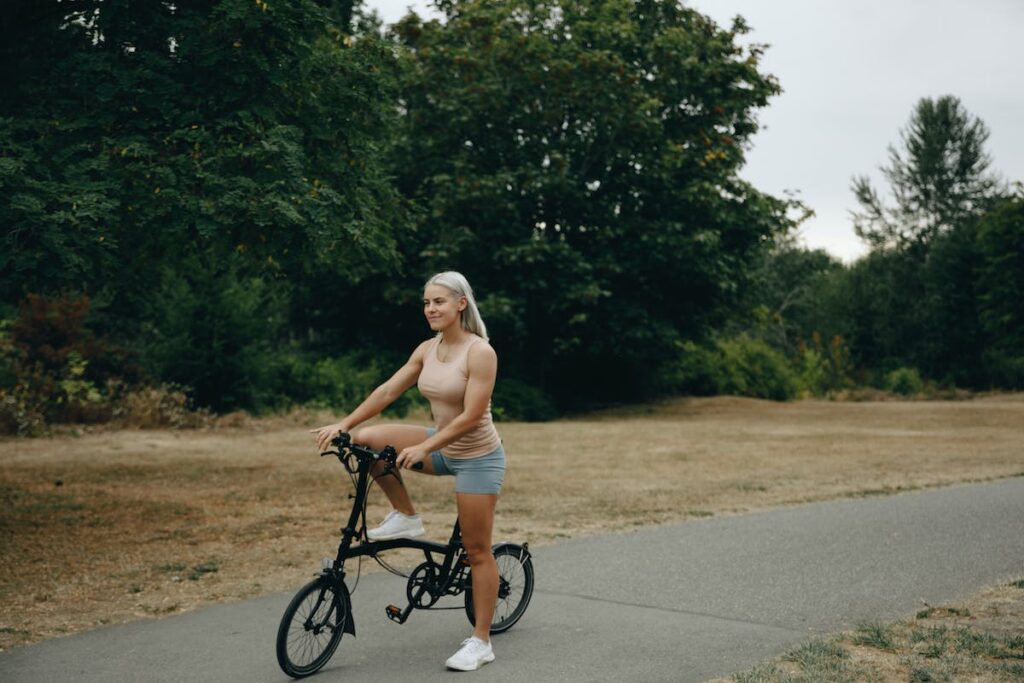
Sometimes underlying medical issues or injuries, such as tendinitis, bursitis, or ligament damage, might be the source of knee pain.
It’s crucial to see a doctor for a proper diagnosis and effective treatment if your knee pain persists or gets worse despite self-care techniques.
FAQs:
How can I cycle without hurting my knees?
Make sure to maintain good bike fit and peddle with a smooth and efficient manner to avoid knee pain while cycling. Stretching and strengthening your legs on a regular basis will help to prevent injuries. Knee protectors may also be useful.
What helps leg pain after cycling?
After riding, think about foam rolling, stretching, and using cold or heat to relieve leg soreness.
What not to do after cycling?
Avoid overeating, neglecting to stretch, and prolonged sitting after cycling. Rest and drink plenty of water.
Conclusion:
In order to avoid potential further harm, it is essential to act right away while dealing with knee pain. It is strongly advised to prioritise getting medical help right away if you experience severe pain, obvious swelling, or a feeling of instability in your knee. This preventative strategy can assist in spotting and treating any underlying problems as soon as possible, protecting the health of your knees and your general well-being.

